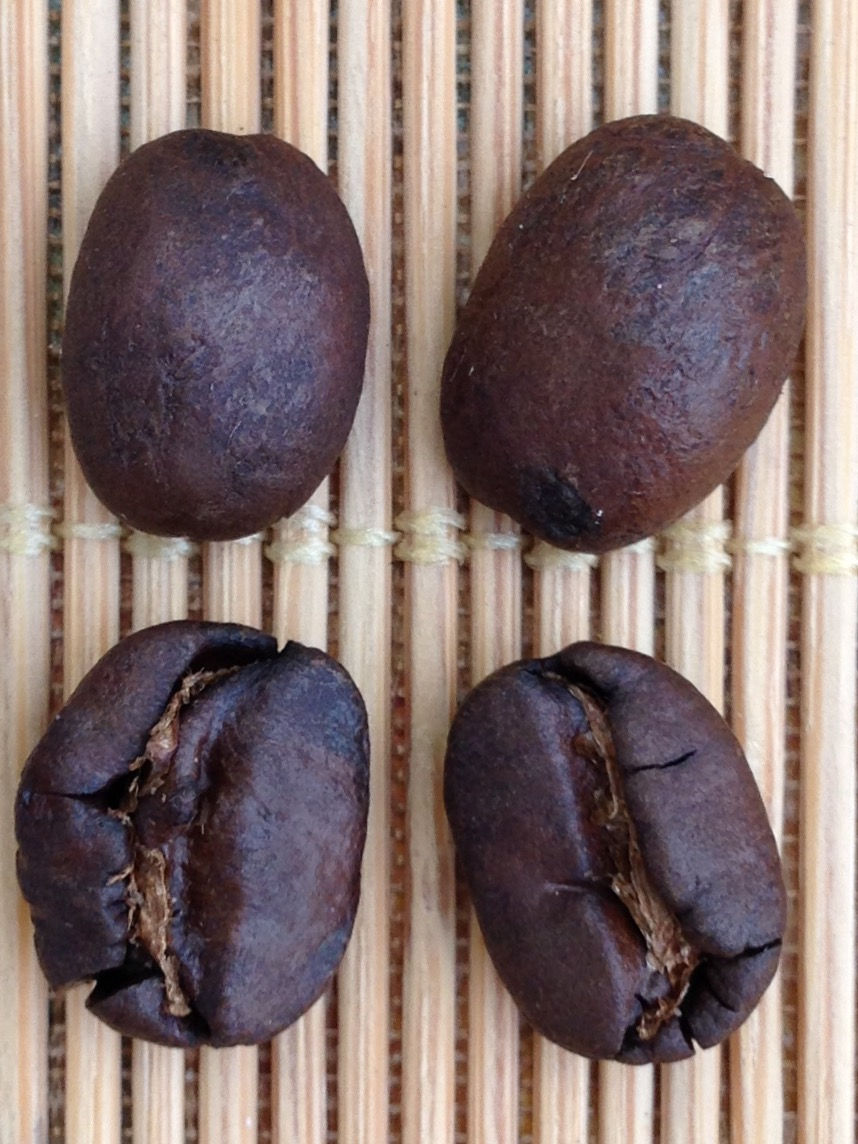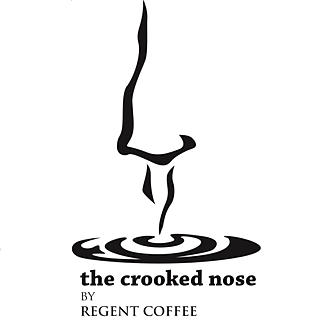MY ROAST TYPE INTRODUCTION
- regentcoffee
- Jan 5, 2016
- 2 min read
As below:

Green Beans
Green coffee as it arrives at the dock. They can be stored for approximately 12-18 months in a climate controlled environment before quality loss is noticeable.

Post Dehydration
During the drying phase the beans are undergoing an endothermic process until their moisture content is evaporated.

Before and ready go into 1st crack
The beans have absorbed enough heat energy,and are continuously expanding. Once expanding going on, the beans are about to take the 1st crack.

Light
FIRST CRACK just beginning. At this stage only limited types of beans fits this roast type. It presents acidity and agriculture personality.

Cinnamon
In middle of FIRST CRACK. The acidity is softening while the unsmooth taste been removed. Good for low humidity, thinner beans.

Medium
Ending the FIRST CRACK. Vivid acidity kept with smoothen taste. Yet most agriculture personality could be wiped due to enzyme effects. Common use for most beans.

High
Beans gets wrinkles on surface. Coffee aroma fades in, to replace its agriculture personality.

City
Right before the SECOND CRACK. Stability & conservative roast. Mature acidity and bitterness, present layers of aromatics.

Full-city
End of the SECOND CRACK. Also comes layers of aromatics yet better for thicker & wetter beans. Surface generates tiny craters and carbonized areas. Better to be removed to avoid charcoal like scent in coffee.

French
Before ultimate dark, surface generates oil with vivid bitterness and flat scent. Amount of crater beans need to be removed. Bitter lovers pursuit this type of roast.

Italian
Gone ultimate dark. Bitter, smoke, hollow. Only a few extremely thick beans stands this status. Gone bad with rubber or medicine scent easily.

Charcoal
Totally carbonized. Left only over cooked oil on surface.
“POISON”!DON’T DRINK!
Linear Reference




































Comments